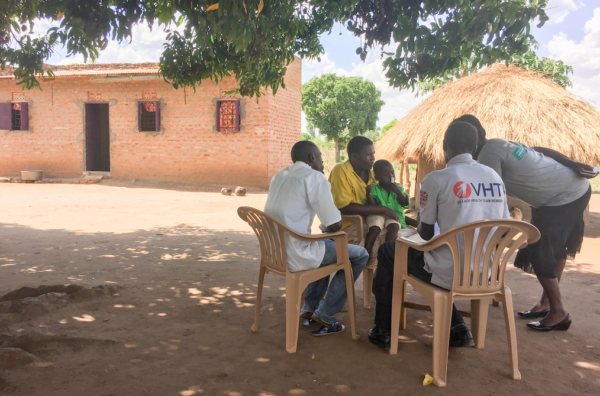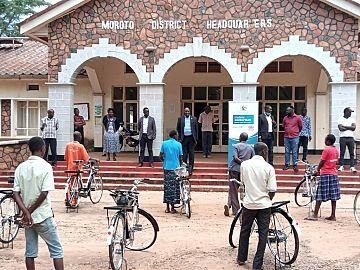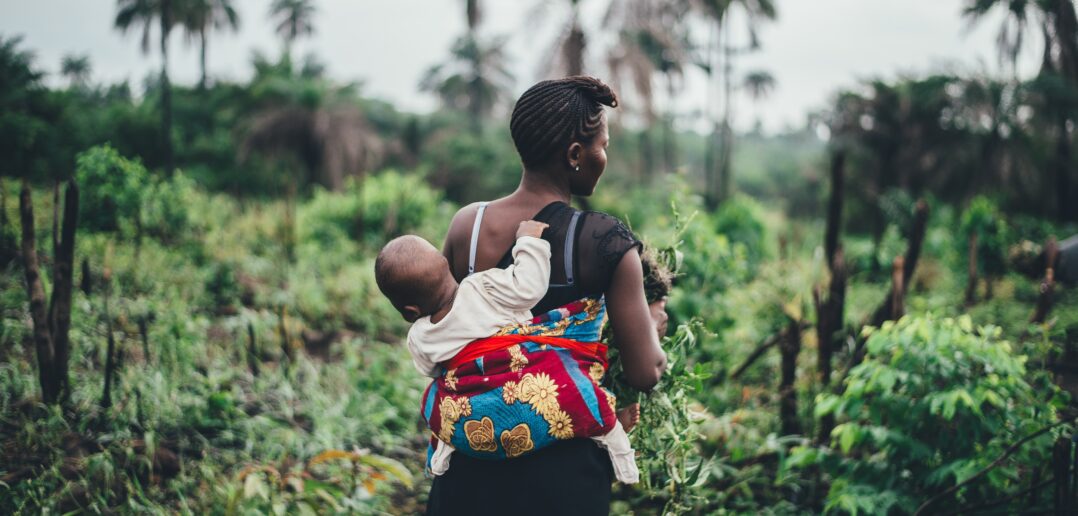In 2015, the World Health Organisation (WHO) established the Global technical strategy for Malaria 2016-2030. Their main target was to reduce malaria incidence and mortality rates by at least 90% by 2030.
Achieving this goal seems possible, considering the substantial progress that has been made over the last 2 decades; 7.6 million lives have been saved, 1.5 billion cases have been averted and 21 countries have eliminated malaria, with 10 having been officially declared by the WHO as malaria-free.
With 9 years until this aim is to be achieved, the rate of progress must be sustained. With the WHO Africa Region carrying a disproportionate burden of the global cases of malaria, the focus must be shifted onto empowering these countries so that they have the same resources and opportunities to eliminate malaria as the rest of the world. This can be greatly assisted by non-profit organisations and international government-funded projects, such as those supported by UK Aid.
From 2018 to 2021, the Malaria Consortium, working in cooperation with UNICEF, supported the Ministry of Health in implementing the Strengthening Uganda’s Response to Malaria (SURMa) project, funded by UK Aid. The aim of this project was to improve the access and uptake of malaria prevention and control strategies in 27 districts in Uganda.
Prevention methods, such as the use of insecticide-treated nets and anti-malarial drugs, have demonstrated significant impact in the reduction of the global burden of malaria over the last two decades.

The success of this project was owed to the involvement of the local community. District and community health workers were equipped with the tools, knowledge, and support to respond to malaria, giving them the capacity to diagnose and treat patients. This was especially important since several rural communities lived over 6km away from their closest health facility. This meant that malaria testing, and therefore identification, was delayed. The community health workers could now immediately recognise malaria and identify cases that required referral.
SURMa highlighted the important role that individuals can have in the prevention of transmission and how this can begin by approaching the community.
The project also had a great impact on priority population groups that are at a heightened risk of contracting malaria, including children under 5 years old and pregnant women. They aided mothers at home taking care of their sick children, allowing them to continue to work to provide for their family.
Additionally, access to malaria, pneumonia, and diarrhea services for children under 5 was greatly increased, providing invaluable care for both children and mothers. The referral of sick children and pregnant women to health centres increased the speed at which they received lifesaving treatment. The access and use of long-lasting insecticidal nets was also encouraged in pregnant women, protecting expecting mothers and their unborn children from infection.

Early on in the COVID-19 pandemic, SURMa distributed over 1000 free bicycles to village health team coordinators. This was essential for the coordinators to collect and deliver malaria and COVID-19 supplies. With a significant reduction in malaria testing seen during the pandemic, this provided an easy and sustainable method of transport for coordinators to oversee their health workers, to ensure that the pandemic did not severely interrupt the positive effect that they had been having on communities.
The introduction of a malaria vaccine in October 2021 has demonstrated significant reductions in malaria and deadly severe malaria among young children. The continued roll-out of this vaccine in the WHO Africa Region will be revolutionary in the fight against malaria and will maintain the continued success in eliminating malaria worldwide.
Sustainable solutions are the key to ensuring the long-term reduction of malaria cases and deaths. By continuing and developing aid-funded projects, it can be made sure that the 2030 goal can be met with certainty.



